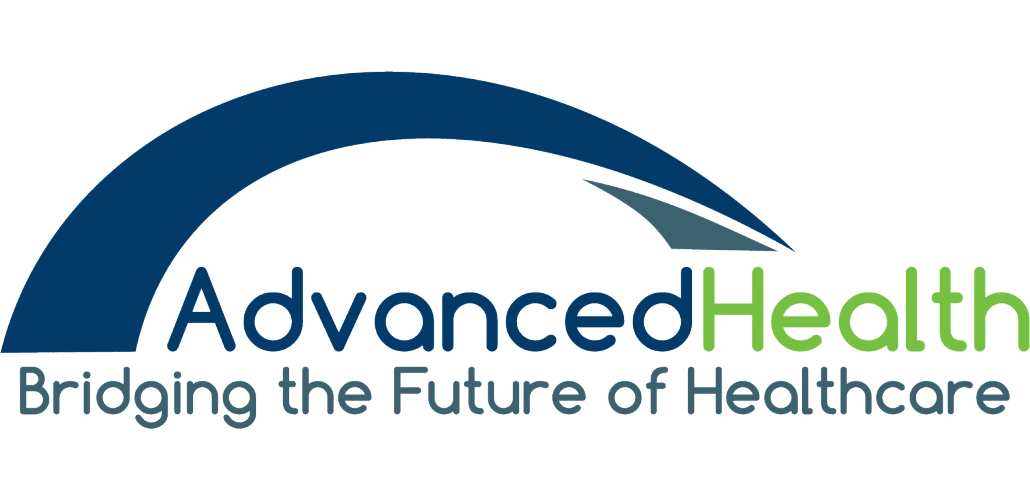Pharmacy Information for Providers
The Advanced Health Formulary is a list of medications that are covered for Advanced Health members. Some medications listed on the formulary require a prior authorization to ensure the least costly alternatives for treatment are utilized, and the condition being treated is funded for coverage by Oregon Health Plan.
Any medication may be requested for coverage, regardless of formulary status, through the prior authorization process.
Submission of a prior authorization request is not a guarantee of coverage, as certain requirements and criteria must be met in order for a prior authorization request to be approved.
Any prescription over $1000 requires a prior authorization, even if the medication is on the Advanced Health Formulary.
Advanced Health is a mandatory generic plan, therefore, generic medications must be used when commercially available.
Mental Health medications are covered directly by the State Medical Assistance Program (MAP, previously known as the Division of Medical Assistance Programs or DMAP) as part of the mental health (or 7/11) carve-out.
Please contact Advanced Health Customer Service at (541) 269-7400 if you have any questions or need assistance.
For general formulary questions or any other questions, you can also email Advanced Health Pharmacy Department at ahpharmacy@advancedhealth.com. Please do NOT include member PHI.
Mail-Order Medications:
Please contact Postal Prescription Services (PPS) at 800-552-6694 to establish a new member profile. Advanced Health members are enrolled under “Doctors of the Oregon Coast” plan. New member profile and prescription transfer requests may be made by phone. PPS Customer New Prescription Request PPS Mail-Order Quick Reference Guide
Drug Formulary
“To search the formulary, press Ctrl F and type in the drug name you are looking for.”
Forms and Tools
- Advanced Health Medication Authorization Form
- Advanced Health DME Authorization Form
- Advanced Health Infusion Services Authorization Form
- DIRE Risk Assessment Tool
- MedImpact Direct Specialty Medication Referral Form
- OHP Client Agreement to Pay for Pharmacy Services Fact Sheet
- OHP Client Agreement to Pay for Pharmacy Services (OHP form 3166)
- OHP – Filling Prescriptions for Members Moving to New CCOs
- Oregon Medicaid Pharmacy Quick Reference
DRUG USE CRITERIA AND GUIDELINES
Fee For Service (FFS) Drug Use Criteria will be used for coverage determinations for which Advanced Health drug use criteria is not available.
Click the link below for more information.
Pharmacy Guideline Notes
CURRENT DRUG USE CRITERIA (DUC):
- Biosimilar DUC
- Butalbital DUC
- Continuous Glucose Monitor DUC
- Dimethyl Fumurate DUC
- Direct Oral Anticoagulants (DOA) DUC
- Dupixent DUC
- Entresto DUC
- Epinephrine DUC
- Early and Periodic Screening, Diagnostic, and Treatment (EPSDT) DUC
- Fecal Microbiota DUC
- Fentanyl DUC
- Glucagon–like Peptide–1 (GLP-1) Receptor Agonists and Glucose Dependent Insulinotropic Polypeptide (GIP) Receptor Agonist DUC
- Ingrezza DUC
- Intranasal Corticosteroids DUC
- Intravenous Iron DUC
- Ketorolac DUC
- Levetiracetam XR DUC
- Multaq (Dronedarone) DUC
- Myasthenia Gravis Agents DUC
- Myrbetriq DUC
- Nebulizer Machine DUC
- Non-Preferred Inhaler DUC
- Non-Preferred Insulin DUC
- Omnipod DUC
- Opioid Drug Use Policy for Chronic Non-Malignant Pain
- Orlissa DUC
- Prolia DUC
- Proton Pump Inhibitor DUC
- Sodium-Glucose CoTransporter-2 Inhibitors (SGLT-2 Inhibitors) DUC
- Stimulant Adults DUC
- Stimulant Peds DUC
- Tobacco Cessation DUC
- Transdermal Stimulant DUC
- Triptan DUC
- Voquezna DUC
- Vyvanse for Binge Eating Disorder DUC
- Wegovy DUC
- Weight Management Medications DUC
- Zepbound for OSA DUC
